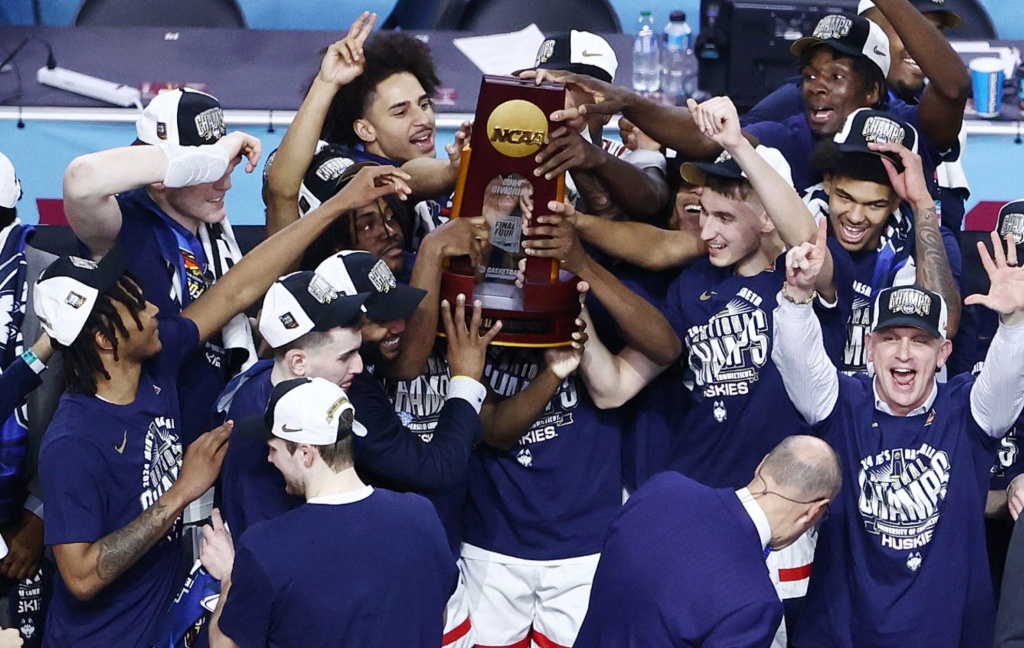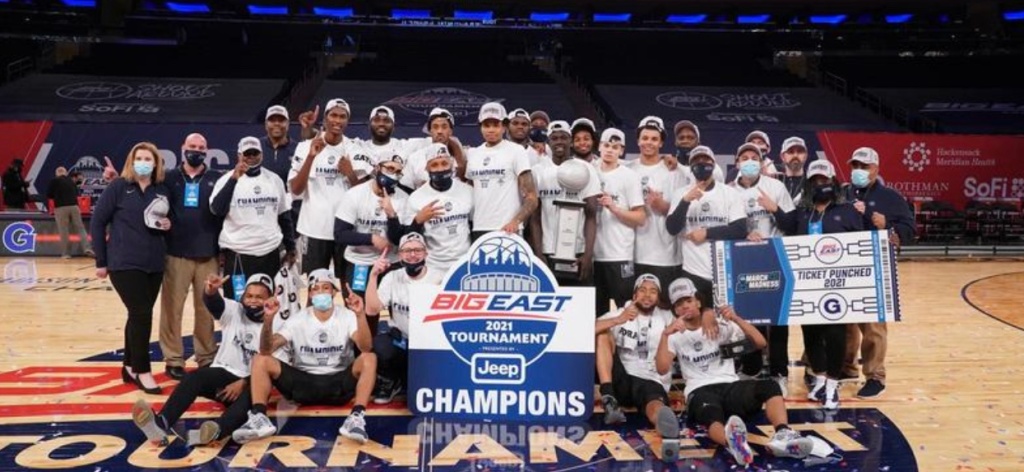
During the men’s national championship game this week, TBS showed a graphic stating that UConn was shooting 48 percent and Purdue was connecting at a 46 percent rate. I winced as I always do when I see straight field goal percentages. Upon further reflection, however, my winces possess varying basketball connotations.
At this late date when an announcer still mentions rebound margin, for example, I wince on three separate yet uniformly unimpeachable grounds. Not only is the metric in question a perfect storm of statistical noise that can yield up-is-down, left-is-right results. Not only was there never a time when this was a useful statistic.
As if these reasons weren’t sufficient by themselves, there’s a perfectly good alternative that other announcers use all the time. This season I heard Bill Raftery, Jay Bilas, Dan Shulman and who knows how many others repeatedly and correctly offer variations on: Purdue rebounds almost 40 percent of its misses. Boom, you’re done. It’s easy!
Field goal percentage is different. It’s prohibitively noisy in the three-point era, of course, but the sport didn’t always have a three-point era. There was a time, 50 years ago in the NBA and 40 in the college game, when field goal percentage was a commendably sound stat. You can see why there was a desire to hang on to something similarly handy with the introduction of the three-point line.
Continue reading







